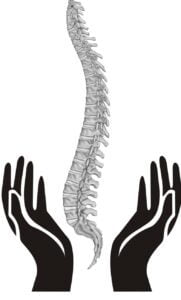Spine surgery has evolved significantly over the years, offering hope and relief to those suffering from chronic back pain and spinal disorders. Understanding the types, techniques, and outcomes of spine surgery is essential for making informed decisions about your health. This comprehensive guide delves into various spine surgery options, innovative techniques, and what you can expect in terms of recovery and results.
Understanding Spine Surgery
Overview of Spine Surgery
Spine surgery aims to alleviate pain, restore function, and improve the quality of life for individuals with spinal conditions that have not responded to conservative treatments. Conditions commonly treated with spine surgery include herniated discs, spinal stenosis, degenerative disc disease, and spinal deformities.
When is Spine Surgery Necessary?
Spine surgery is typically considered when non-surgical treatments such as physical therapy, medications, and injections fail to provide relief. Surgery may also be necessary in cases of severe neurological deficits, significant spinal instability, or progressive deformities.
Types of Spine Surgery
Common Spine Surgery Procedures
Discectomy
A discectomy involves removing a portion of a herniated disc to relieve pressure on the spinal cord or nerves. This procedure is often performed using minimally invasive techniques to reduce recovery time and postoperative pain.
Spinal Fusion
Spinal fusion surgery involves joining two or more vertebrae to eliminate motion between them, providing stability and alleviating pain caused by conditions such as degenerative disc disease and spondylolisthesis. This procedure can be performed using various techniques, including posterior, anterior, or lateral approaches.
Also Read Unraveling the Mysteries of Spinal Treatment: Expert Perspectives
Laminectomy
A laminectomy involves removing a portion of the vertebra called the lamina to create more space for the spinal cord and nerves. This procedure is commonly used to treat spinal stenosis.
Disc Replacement
Artificial disc replacement is a motion-preserving surgery that involves replacing a damaged disc with a prosthetic device. This procedure is an alternative to spinal fusion and aims to maintain spinal flexibility and reduce pain.
Advanced Surgical Techniques
Minimally Invasive Spine Surgery (MISS)
Minimally invasive spine surgery utilizes small incisions and specialized instruments to perform the surgery, resulting in less tissue damage, reduced pain, and quicker recovery compared to traditional open surgery.
Robotic-Assisted Spine Surgery
Robotic-assisted spine surgery enhances precision and accuracy in surgical procedures. Surgeons use robotic systems to plan and execute complex spinal surgeries with greater control, potentially improving outcomes and reducing complications.
Also Read Decoding Cervical Spondylosis: Causes, Symptoms, and Management
Endoscopic Spine Surgery
Endoscopic techniques involve using a small camera and instruments through tiny incisions to treat spinal conditions. This approach minimizes tissue damage and promotes faster healing.
Outcomes and Recovery
What to Expect After Spine Surgery
Recovery Timeline
Recovery from spine surgery varies depending on the type of procedure and individual factors. Generally, patients can expect a period of rest followed by physical therapy to regain strength and mobility. Minimally invasive procedures typically offer quicker recovery times compared to traditional open surgeries.
Postoperative Care
Postoperative care includes pain management, wound care, and gradual return to activities. Following your surgeon’s recommendations and attending follow-up appointments are crucial for a successful recovery.
Potential Risks and Complications
As with any surgical procedure, spine surgery carries risks such as infection, bleeding, nerve damage, and complications related to anesthesia. Discussing these risks with your surgeon and understanding the potential complications can help you make an informed decision.
Maximizing Surgical Outcomes
Preparing for Spine Surgery
Preoperative Assessment
A thorough preoperative assessment, including medical history, physical examination, and diagnostic imaging, helps ensure that you are a suitable candidate for surgery and allows for precise surgical planning.
Lifestyle Modifications
Maintaining a healthy weight, quitting smoking, and staying physically active can improve surgical outcomes and enhance recovery.
Post-Surgery Rehabilitation
Physical Therapy
Engaging in physical therapy after surgery is essential for restoring strength, flexibility, and function. A personalized rehabilitation program tailored to your specific needs can help you achieve the best possible outcome.
Also Read Do You Really Need Cervical Spondylosis Surgery? Exploring Treatment Options
Long-Term Care
Ongoing care, including regular check-ups with your spine specialist and adherence to recommended lifestyle changes, supports long-term spinal health and helps prevent future issues.
Conclusion: Informed Choices for Spine Surgery
Exploring the types, techniques, and outcomes of spine surgery equips you with the knowledge to make informed decisions about your spinal health. By understanding the various surgical options, preparing adequately, and committing to postoperative care, you can achieve significant improvements in pain relief, function, and quality of life.
Note: We are also on WhatsApp, LinkedIn, and telegram, to get the latest news updates, Join our Channels. WhatsApp– Click here, to telegram – Click Here, and for LinkedIn– Click Here.








Get Social